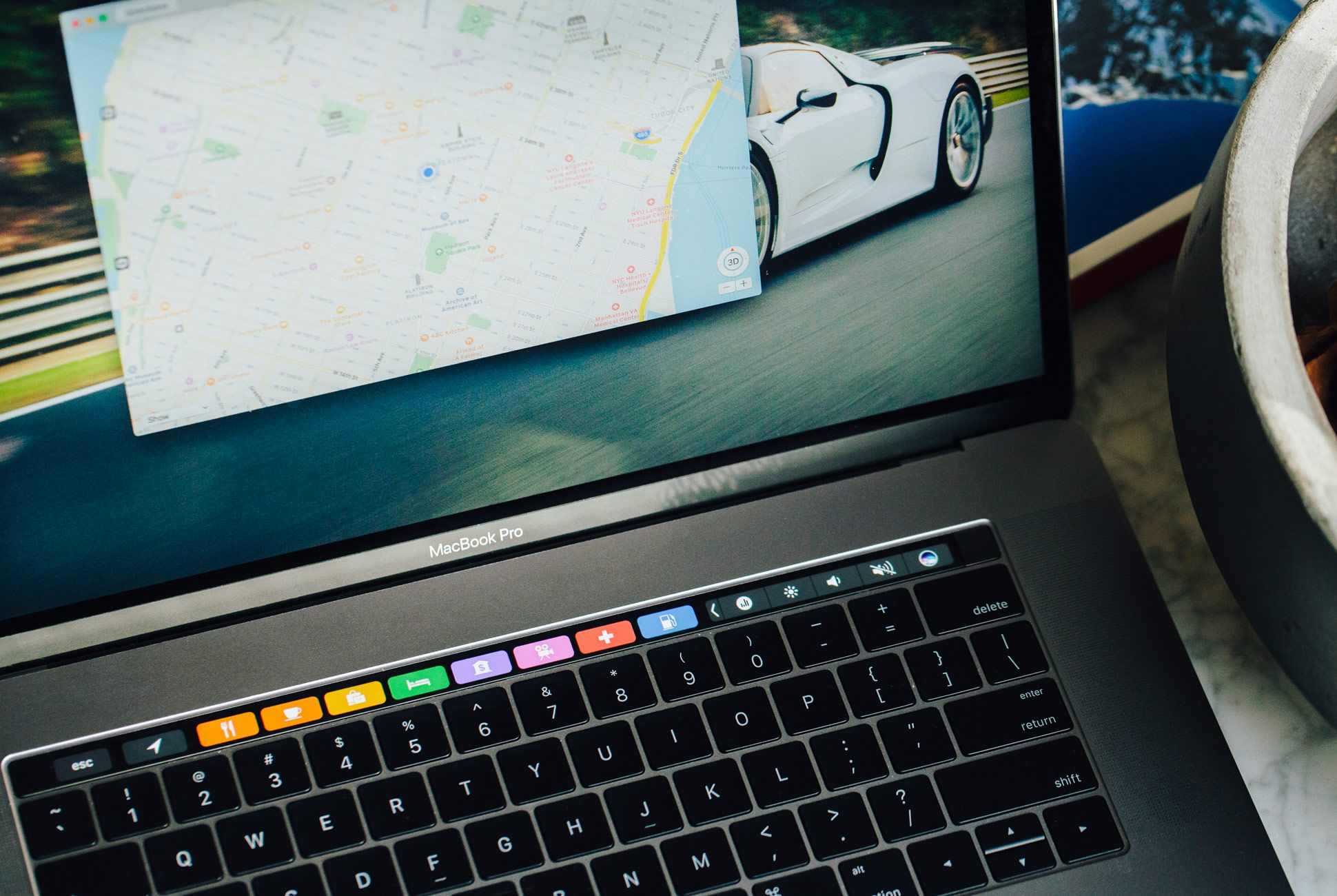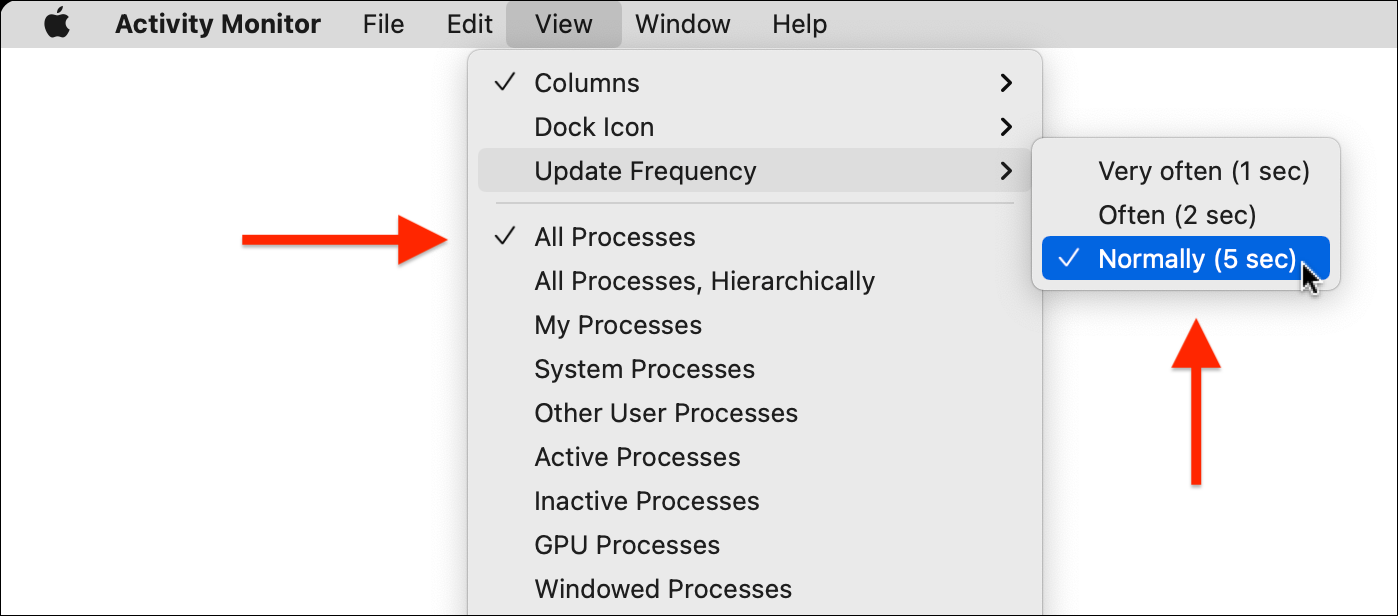


However, all of these together symptoms generally indicate that the device is, more or less, completely dead.

Selected Processes, processes that you selected in the Activity Monitor window If your MacBook Pro 2016 or 2017 is experiencing only some of these symptomsfor example, it has a black screen, but there are still indicator lightsyou will most likely be able to fix the issue on your own.Windowed Processes, processes that create a window for user action, usually apps.Inactive Processes, processes that are sleeping.Other User Processes, processes not owned by the root user (administrator account) or the current user.System Processes, processes owned by macOS.My Processes, processes owned by your macOS® user account OS X comes with a built-in application called Activity Monitor, which gives you a general overview of what your MacBook is doing.All Processes Hierarchically, this allows you to see parent/child relationships in processes.You can then choose how much information to display and in what format.You can choose from CPU, Memory, Energy, Disk, Network, and Cache. The Processes Table The main pane shows both a list of both open applications and system processes. The main screen of Activity Monitor is divided into two sections: 1. Choose the process category you'd like to check on. Launch the Activity Monitor app by going to Applications > Utilities > Activity Monitor, or just type Activity Monitor into Spotlight.To access the Activity Monitor go to Finder, Applications, Utilities.
Macbook pro activity monitor how to open mac#
The easiest way to check system performance on a Mac is to use the Activity Monitor, a built-in application that gives you a live overview of your Mac’s hard drive, RAM, processor, and network usage.


 0 kommentar(er)
0 kommentar(er)
